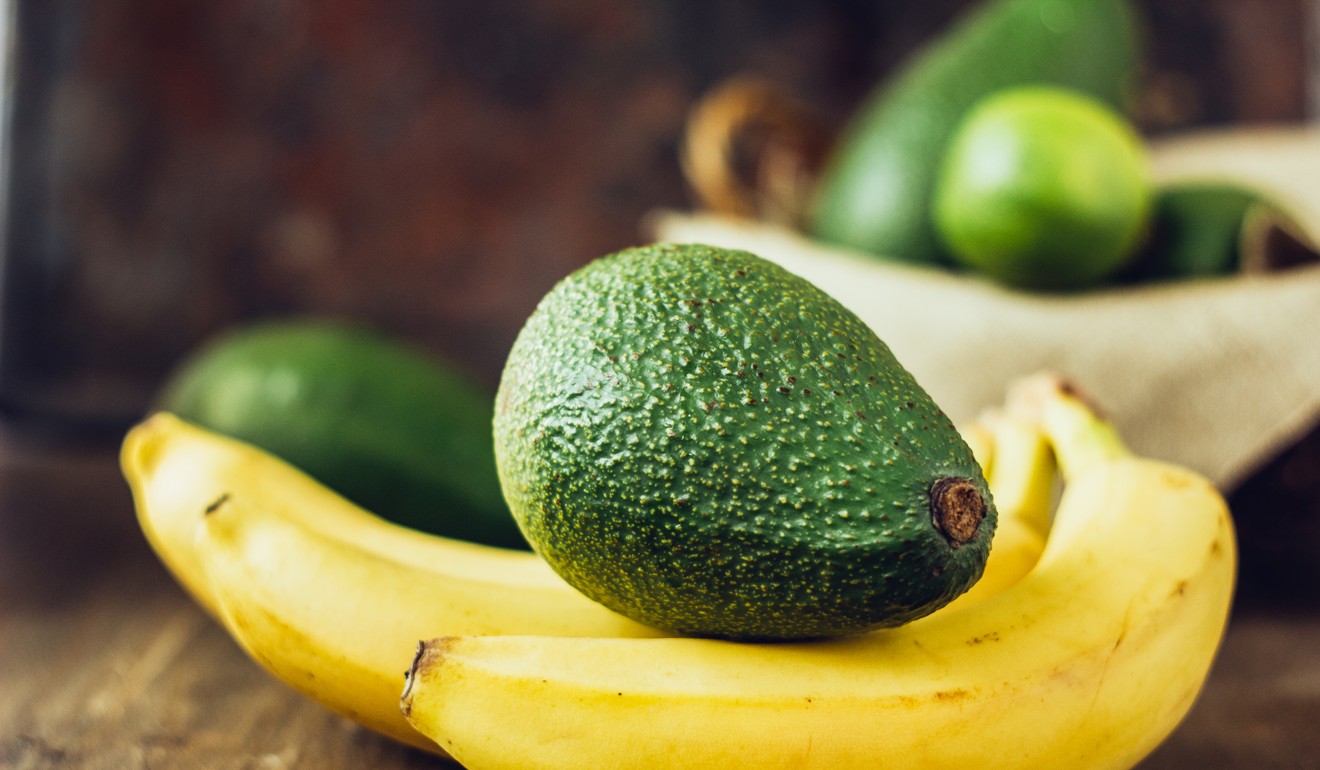
Where to buy the best avocados in Hong Kong: readers offer tips after our rant about being ripped off
Responding to column about how hard it is to find good avocados in city, you tip some stores and markets, and tell us where to find ‘fantastic’ ones for less than HK$10 and ‘huge, ripe and buttery’ ones for HK$50
Sunday’s column about the the first-world problem of finding a decent avocado in Hong Kong prompted a flood of responses from readers, many of whom put me in my place. According to them I’m stupid, impatient, an idiot, dork, hipster, retard and a “squirrelly guy”. Two of these descriptions are on the mark.
Many readers, however, agreed with the premise of the column. “True, buying an avocado here in Hong Kong is just like gambling,” one reader wrote. “Same experience … never buy an avocado in HK,” another remarked. “My daily struggle,” someone commented.
Personal insults aside, many readers offered insightful tips, ranging from where the best avocados originate to places to buy them and how to ripen a hard one.
Some readers say they are unimpressed by avocados from Mexico, a North American region that gave the fruit its name. (Avocado is derived from an ancient Aztec word for testicle.)

“I always find the Mexico-produced avocados really poor, usually rotten and inedible. Californian avocados are a mixed bag – sometimes good, often not very. Chilean and Australian ones are usually good in my view,” one enthusiast commented.
Another reader found that Chilean avocados are tasty 99 per cent of the time. “Only experienced buyers are able to select good avocado from Mexico. They’re typically hard and, when soft or tender when touched, it’s already too late to eat. It’s oxidised already, blackens and not eatable.”
Australia, where the plant is a non-indigenous species, got other recommendations. “Given up on Mexican, now buy Australian,” one reader said. Another commented: “Aussie avos are huge, bright green and delicious. Cost almost nothing. Every house had an avo tree.”

Marks & Spencer got credit for selling smooth and creamy ones, each plastered with a sticker claiming the pear is “perfectly ripe”.
Some readers tipped wet markets. The street market in Central got a few recommendations but also the wholesale fruit market in Yau Ma Tei, which opens to the public during the day and sounds like the best deal in town. “You can consistently score fantastic ones for HK$10 a piece or less,” wrote one reader.
The Greenland supermarket also got a mention, as did Great, Oliver’s, TC Deli and Calimex, because “they are huge, ripe and buttery. But they are pricy at HK$50”. Ouch!

One piece of advice was to definitely never store avocados in the fridge: it will stall ripening. Instead, give them a few days to soften at room temperature. Several readers suggested wrapping them in paper before storing in a dark place.
Apparently “climatic fruits”, such as avocado, mango and bananas, ripen after picking due to the production of the hormone ethylene, which causes cell deterioration. Wrapping them in paper helps to concentrate levels of ethylene and helps hard fruit ripen.

Otherwise, offer some company to nurture them.
“Let the avocados ripen next to some bananas,” one reader suggested. “Put the avocados next to some apples and wait a couple of days,” another recommended.
This is because when bundled together in a bag at room temperature, the ethylene produced by the other fruits helps the avocado along.
Or you could heed this advice: “The real point is that they are ALL artificial ‘duds’ that have been genetically manipulated and further degraded by storage, transport and packaging. Grow your own (it’s easy) or don’t eat at all – this is the only safe option.”

